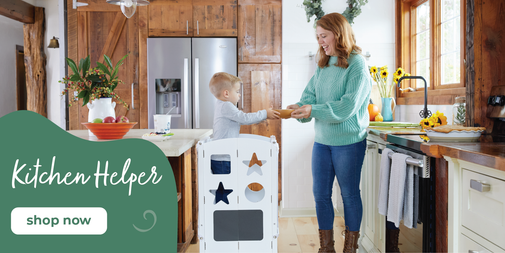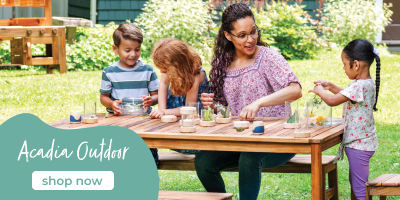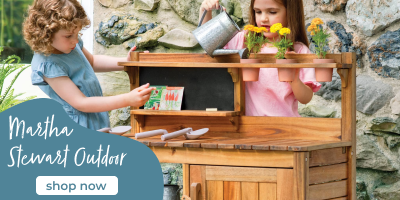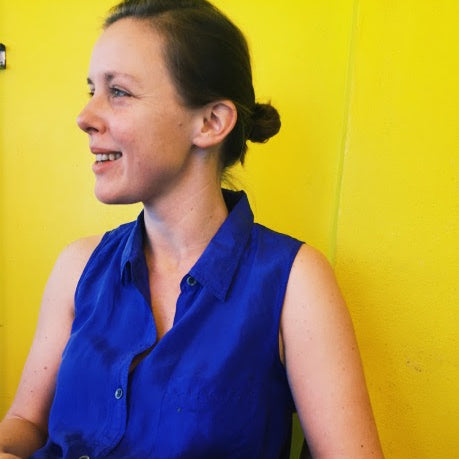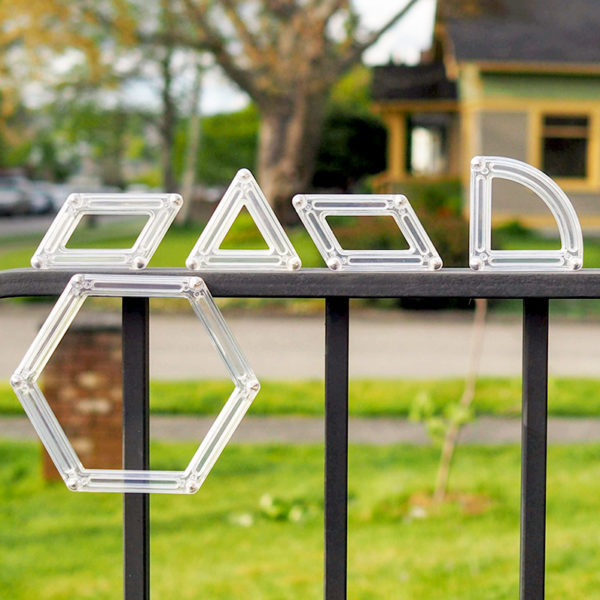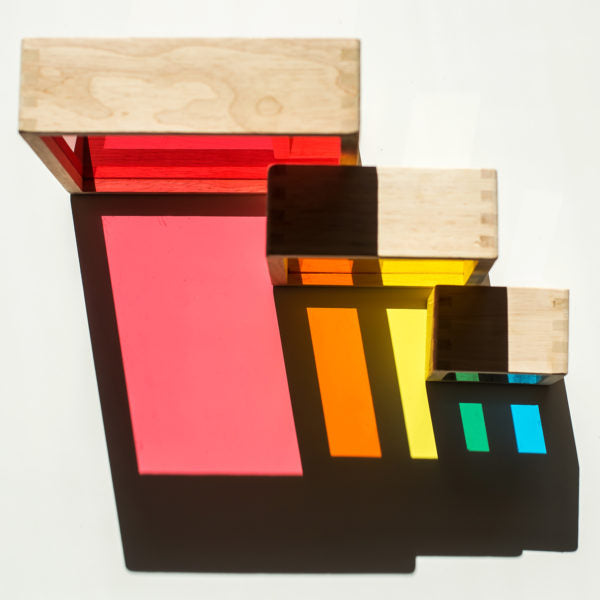Space for Possibility: Using Open-Ended Materials in Child-Centered Play

Young children are always at play. Their minds and bodies are wired to explore their world, no matter the location or context. In and around the home, where they feel comfortable and safe, a child can let their mind wander and follow playful, curious paths. One way we, as adults, can support them is with the help of open-ended materials that put them in the driver’s seat.

An open-ended material is anything that leaves space for possibility
It may be a toy, like a block, or it may be an everyday object, like a cardboard box. As the material finds its way into new hands, new places, and new environments, its life keeps evolving.
When we offer children open-ended materials, we offer them creative control. Some materials have so many options, so many possibilities, that they are almost irresistible: they beg for hands-on play and attention. A truly open-ended material has unlimited potential: a child can follow the lead of a suggestion or inspiration from a peer or adult; or they can make choices on their own. Neither way is wrong, and there is a time and place for both.
As adults, we sometimes expect children to dive in head first, to be instantly engaged. But engagement can take time. We can allow kids to have the time to really explore what an object can do, and how they might control it and manipulate it. With time and space for play with open-ended materials, children can see the results of their explorations and follow their ideas and interests: that is the core of playful, engaged learning. Young children are learning through testing and repetition: open-ended materials allow them to set the terms and controls of their experiments.
A collection of open-ended materials, like an assortment of Little Bricks, can be a simple introduction to child-centered play for adults and kids alike:
- The pieces are uniform, making it simple for children with developing fine-motor skills to create stable structures.
- The material is durable, so they can be used inside, outside – anywhere – allowing them to travel through space as children need them in their play.
- A little suggestion goes a long way: adults can create a small setup to pique children’s curiosity.


Guidecraft Little Bricks are an ideal introduction to independent play with a self-explanatory, open-ended material. Young children can mess around with all sorts of possibilities; adults can play along to model and support. The creativity cards with Little Bricks, suggesting circle, incline, structure, and more, give visual hints and inspiration for kids and caregivers as they get to know the materials.
The big idea: children are most always engaged in playful learning as they make personal connections with their world. Bringing this idea out of the classroom and into the home tells children that their ideas are valid, and their independent play is valued.
